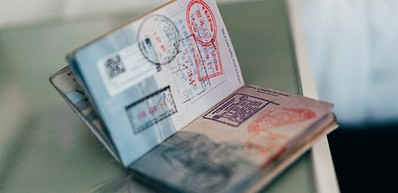
-
![Peaceful tones in the morning. Brighton, Queensland]() Provided by: Lochlainn Riordan/unsplash
Provided by: Lochlainn Riordan/unsplash

Our travel guides are free to read and explore online. If you want to get your own copy, the full travel guide for this destination is available to you offline* to bring along anywhere or print for your trip.
*this will be downloaded as a PDF.Price
€4,95
Best Time To Visit
The guide was updated:Since March to May are the autumn months in Australia, it is best to visit Brisbane during that time. You will avoid holiday crowds while still being able to enjoy the warm weather and a low chance of rain. Temperatures will generally be around 24°C.
Useful Information
Digital Travel Guide Download
Our travel guides are free to read and explore online. If you want to get your own copy, the full travel guide for this destination is available to you offline* to bring along anywhere or print for your trip.
*this will be downloaded as a PDF.Price
€4,95

Unless you are a New Zealand citizen granted visa exemption on arrival (in most cases), you will need to obtain a visa prior to visiting Australia. Citizens of all European Union countries, as well as Andorra, Norway, Iceland, San Marino, Switzerland, Liechtenstein, Monaco, and Vatican City are eligible for an eVisitor visa, which can be applied for online. For citizens of the United States, Canada, Japan, Hong Kong, Singapore, Brunei, South Korea and Malaysia, the Electronic Travel Authority (ETA) entry permit is available, which can be applied for online and grants holders the right to enter Australia an unlimited amount of times for stays of no longer than 3 months per visit.
Citizens of other countries (with the exception of Somalia) are also able to apply for a visitor visa online. For more information, visit the official website of the Australian Government's Department of Home Affairs.
Read more

Best Time To Visit
Since March to May are the autumn months in Australia, it is best to visit Brisbane during that time. You will avoid holiday crowds while still being able to enjoy the warm weather and a low chance of rain. Temperatures will generally be around 24°C.
Read more
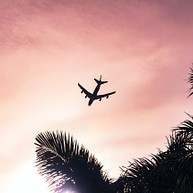
Brisbane Airport (BNE)
Brisbane Airport is located 13 kilometres from the city centre, approximately 15-20 minutes away by car. Trains run every 30 minutes between 6 am and 8 pm. The journey takes 20 minutes and pre-booking is available.
Read more
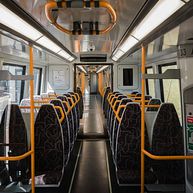
Public Transport
A free bus service runs around the City (CBD). Look for the distinctive red busses and the red signposted bus stops. Tickets for the TransLink network can be bought from vending machines. Weekly tickets are valid throughout South East Queensland. Buses are low floor, and Citytrain offer assistance with wheelchairs.
Read more

Ferries
Brisbane’s ferries, known as CityCats, are one of the most enjoyable ways to explore the city, perfect for sightseeing and accessing key spots. You will need a Go Card to travel on a CityCat or Cross River ferry. CityHopper ferries are free and allow you to get around the inner city.
Read more
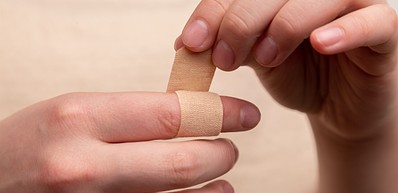
Pharmacy
In Brisbane, and Australia more broadly, there are several major pharmacy chains where you can pick up over-the-counter medications, prescription drugs, personal care items, and more. The major pharmacy chains are Chemist Warehouse, TerryWhite Chemmart, Priceline Pharmacy, Amcal, Blooms The Chemist and Capital Chemist. It's always worth checking the opening hours as these can vary, especially on weekends and public holidays.
Read more

Post
There are several Australia Post offices located throughout the town, where you can buy stamps and send mail and packages.
Read more

Taxi
Uber, Ola, DiDi, Lyft and GoCatch ridesharing apps are used in Brisbane.
Rates vary with the actual locations, traffic conditions, time of day and the route chosen. Save on fares by sharing a Maxi-taxi from special ranks in the CBD and in the Valley. Wheelchair accessible taxis are available. At night, secure ranks operate in the CBD, the Valley and Caxton Street.
Black & White Cabs: +61 13 32 22
13cabs: 13 22 27
Read more

Telephone
Country code: +61
Queensland area code: (0)7
Read more
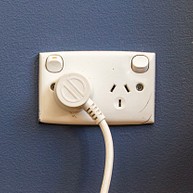
Electricity
Australia operates on a 230/240V supply voltage and 50Hz frequency. The country uses Type I power plugs, which feature two flat pins forming a 'V' shape, along with a grounding pin. This standard is also commonly used in New Zealand, Argentina, China, and several Pacific island nations. Remember to pack a universal adapter if your devices use a different plug type to ensure hassle-free charging.
Read more


